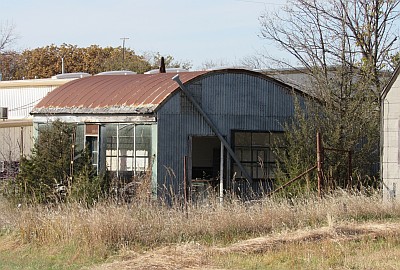Viewpoint Column by Doug McKinney, NCRPC Executive Director
The invention of keeping mechanical parts held together was created in North Central Kansas 113 years ago. The hitch pin, the locking washer and the bushing were innovatively introduced by Guy Huyett when he created G.L. Huyett Manufacturing in 1906.
Being ready and responsive to basic needs can have great value. Guy Huyett heard and saw a great need for holding wagon and plow parts together and explored ways to make it happen more effectively than ever. Being responsive to needs is something North Central Regional Planning Commission and affiliate NCKCN Co. also strive to be.
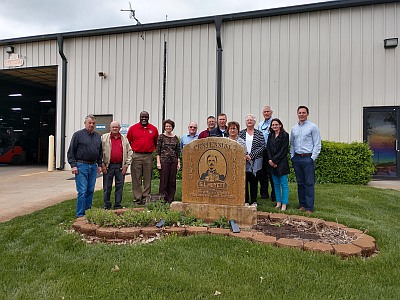
The Executive Board Field trip on April 25 included a tour of G.L. Huyett in Minneapolis. Board members also heard from the North Central Kansas Regional Special Response Team that day.
On April 25, 2019 the NCRPC Executive Board continued its annual field trip tradition and convened in Minneapolis. Board members met with modern day owners and managers of G.L. Huyett and toured the company facilities. State of the art highly durable fasteners are still made and efficiently sold all over the continent. Little known area discards such as corn husks are used to polish the pin pieces and round pieces of metal. Zinc plating is done to protect the finished products. Broadband Internet is vital to the web portal as well as to sales and distribution staff. The workforce continues to grow and even more local and regional benefits are gained though the business’ charitable giving. The company is 120 employees strong with many examples of how technical training is significant.
Earlier in the day, board members enjoyed lunch at the Golden Wheel just south of downtown in Minneapolis. It is next door to the unique Ottawa County Museum and near where Mr. Innovation, George Washington Carver, once resided.
The board also heard from representatives of the North Central Kansas Regional Special Response Team. This highly trained and skilled tactical law enforcement group are partially supported with Homeland Security equipment and training, as well as Dane G. Hansen Foundation support; however, they are largely supported through cooperation from several counties in the region. They work together to solve crimes and intervene in situations to protect persons and property. Deputy Sheriff Becker and Deputy Sheriff VanCoevern articulated the value in collaboration before, during and after incidents.
Thank you to all who helped make the April field trip to Ottawa County a success. There are many innovative, positive, undertakings in the region.
This article appeared in the May 2019 NCRPC Newsletter.

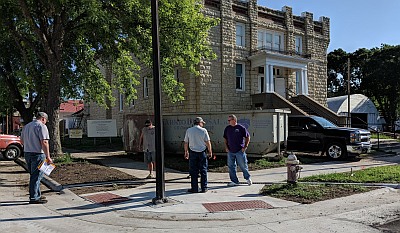
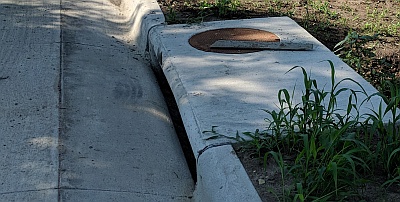
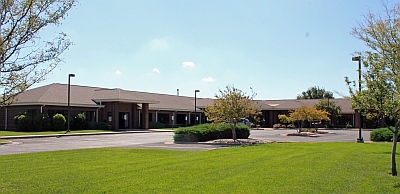

 Two high school seniors in North Central Kansas are being recognized with the John R. Cyr Rural Voices Award for submitting the top entries in the 2018-2019 Rural Voices Youth Contest.
Two high school seniors in North Central Kansas are being recognized with the John R. Cyr Rural Voices Award for submitting the top entries in the 2018-2019 Rural Voices Youth Contest. The Community Development Block Grant (CDBG) program requires that each CDBG funded activity must either benefit low- and moderate-income (LMI) persons (at least 51% LMI), prevent or eliminate slums or blight, or resolve an urgent need where local resources are not available to do so.
The Community Development Block Grant (CDBG) program requires that each CDBG funded activity must either benefit low- and moderate-income (LMI) persons (at least 51% LMI), prevent or eliminate slums or blight, or resolve an urgent need where local resources are not available to do so. Helping make home ownership more affordable was one goal of the NCK Home Ownership Pilot Program that assisted home buyers this past year in Cloud and Mitchell counties.
Helping make home ownership more affordable was one goal of the NCK Home Ownership Pilot Program that assisted home buyers this past year in Cloud and Mitchell counties.